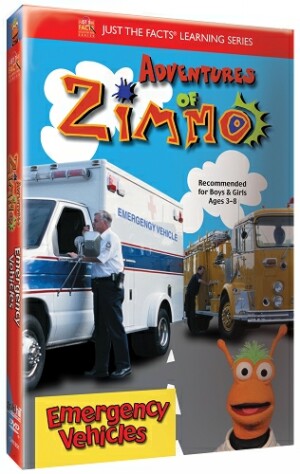Exploring Our Nation: Rights of the Accused in America
CHAPTER 1. The Fourth Amendment. Viewers will learn that the Fourth Amendment begins with the assumption that citizens have the right to live free from unreasonable interference from the government. Students will come to understand that the amendment provides parameters of how, when and why law enforcement can conduct a search of a person or property. The program examines the meaning of probable cause and reasonable suspicion . Students will also discover that the Fourth Amendment rights, as interpreted by the Supreme Court, don t necessarily apply to students in school. CHAPTER 2. The Fifth Amendment. This video examines the Fifth Amendment of the United States Constitution and the rights of citizens accused of crimes. Students will learn about Miranda rights and self-incrimination. Viewers will also come to understand what it means to take the fifth as well as other rights protected by the Fifth Amendment including the right to a grand jury, protection against double jeopardy and due process of law . CHAPTER 3. The Sixth Amendment. In this program students will learn that the sixth amendment to the constitution guarantees the rights of people accused of a crime. Viewers will learn about those rights and how they protect citizens. Students will also learn how the Supreme Court has interpreted those rights through the years and how the court s interpretations impact people today. CHAPTER 4. The Seventh & Eighth Amendment . Students will learn about the seventh amendment and that it guarantees a trial by jury in federal civil cases. The eighth amendment cites that bail money allows a person accused of a crime to be released from jail until the time of their trial.






